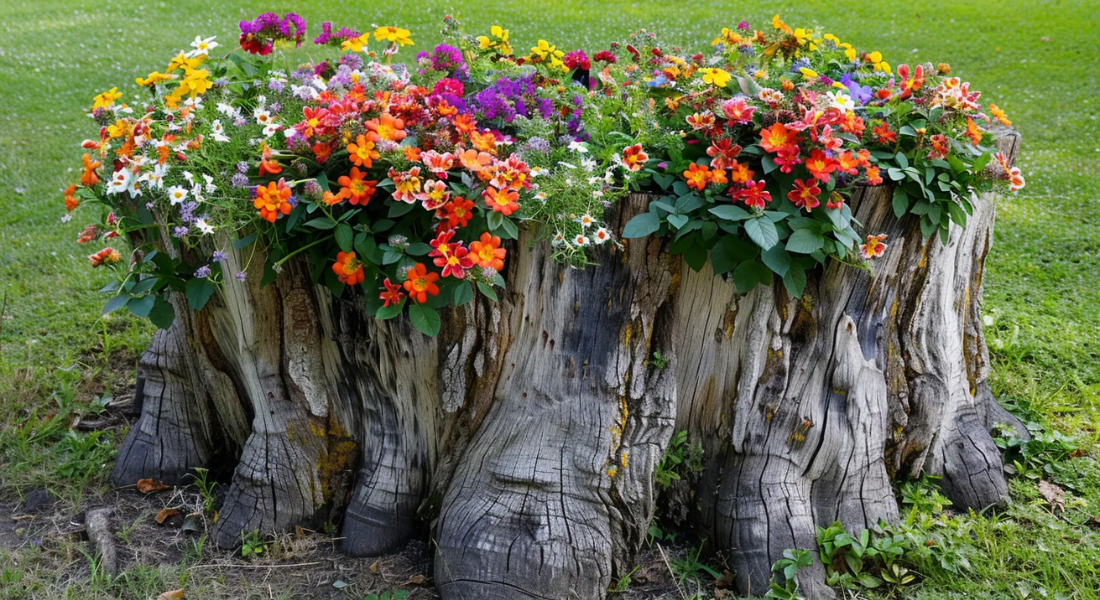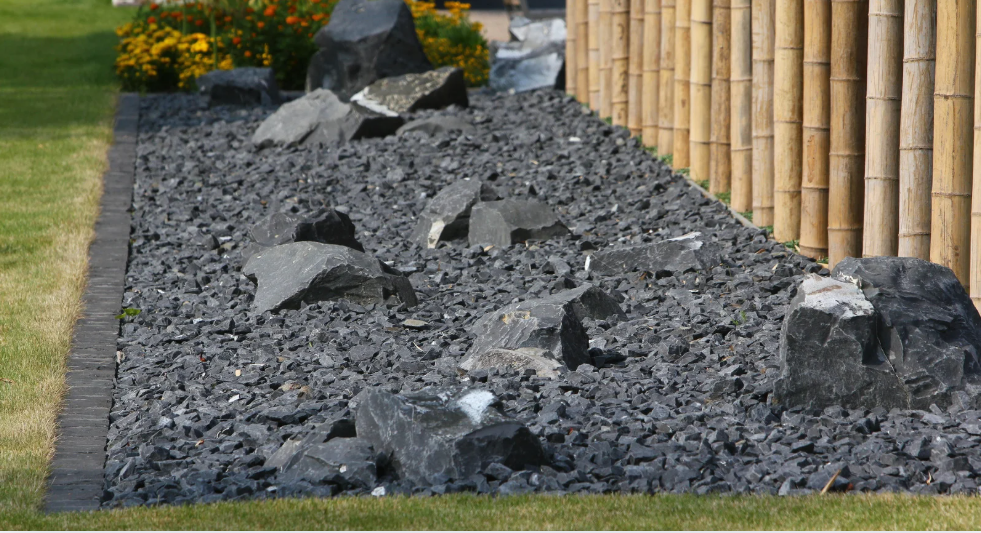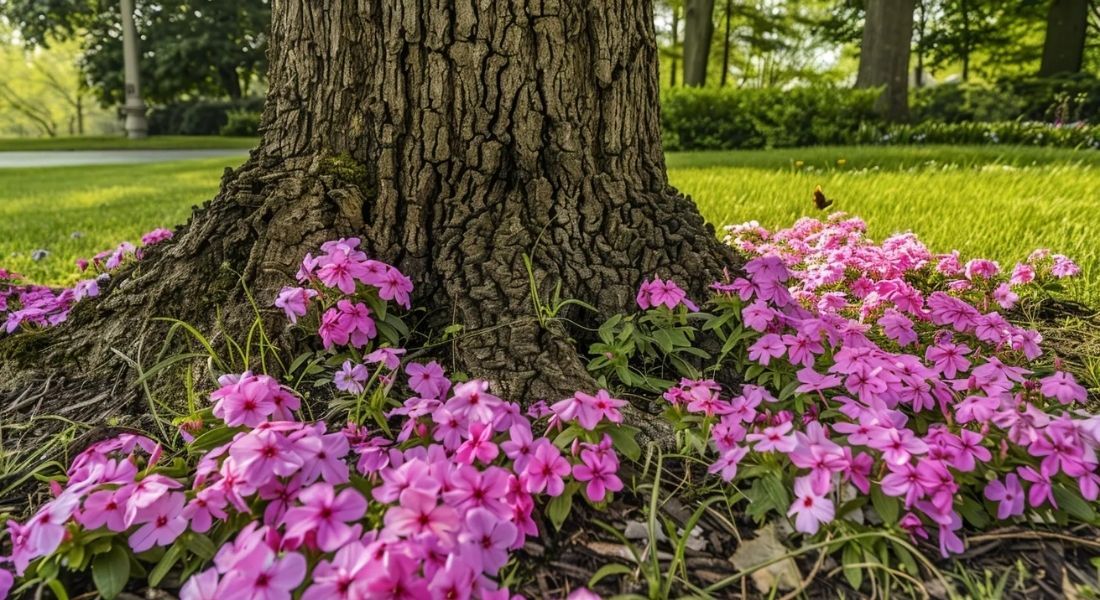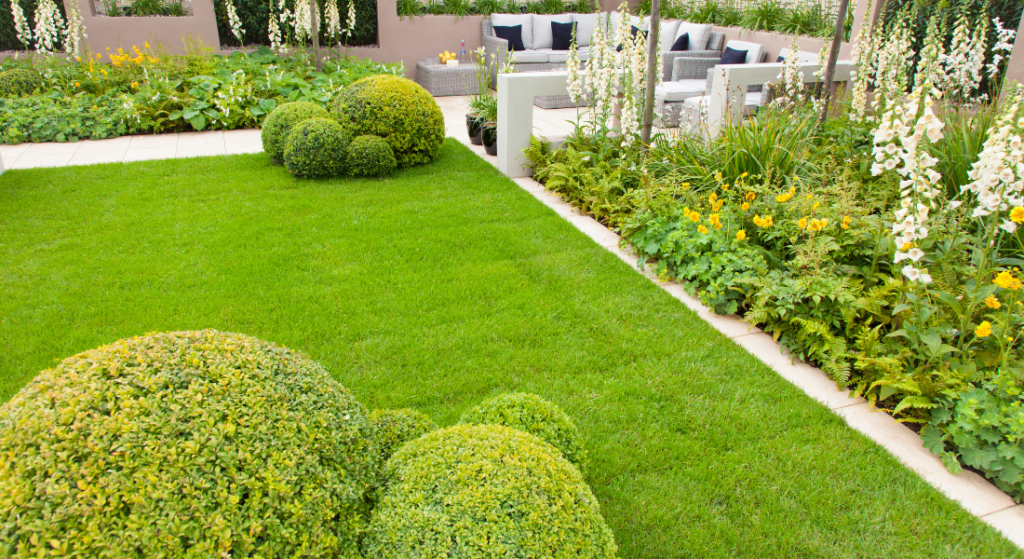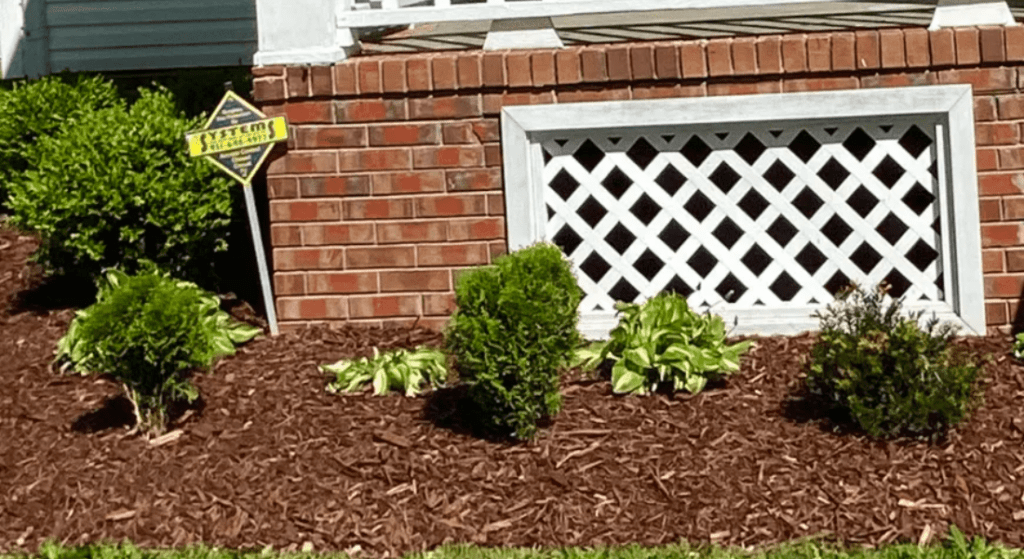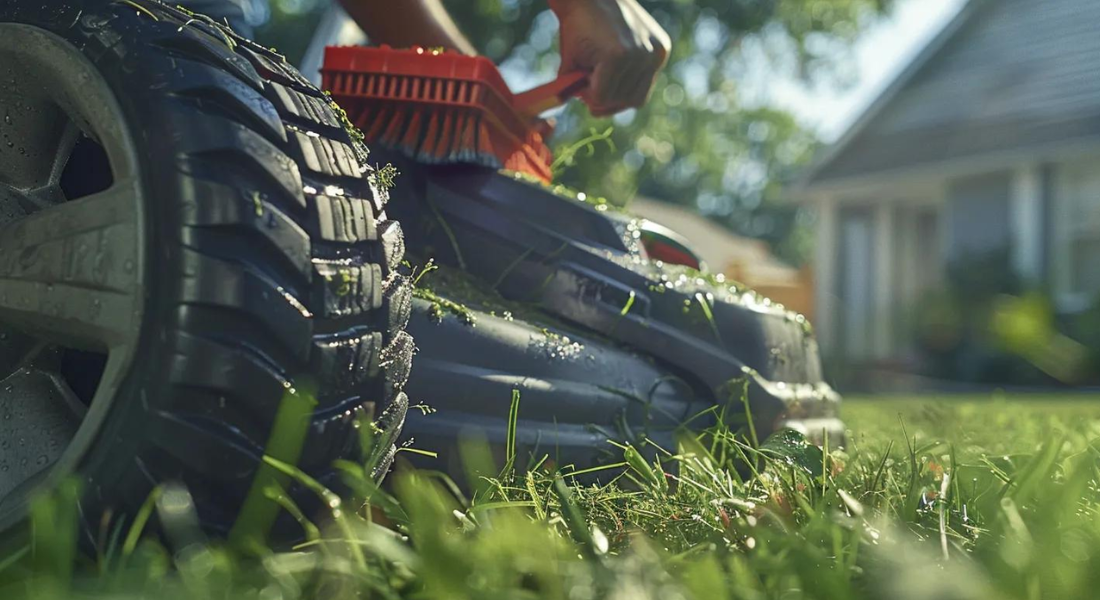How to Install a Mulching Blade on Your Lawn Mower (For Beginners)
If you've ever wondered how to install a mulching blade on your lawn mower, you're in the right place. Whether you're looking to convert your riding mower, walk-behind mower, or a Time cutter, this guide walks you through everything—from identifying the right mulch kit and blade to doing a clean installation on your deck. Learn how to reduce grass clippings, improve lawn health, and get the most out of your mulch kit on your Husqvarna or John Deere mower.
What Is a Mulching Blade, and How Does It Work?
A mulching blade is a specially designed cutting blade that chops grass clippings into fine pieces. Instead of ejecting the clippings through the discharge chute or collecting them in a bag, these blades keep the clippings circulating under the mower deck until they’re small enough to fall back into the grass.
Mulching blades often feature a curved surface and extra cutting edges. This allows them to not only cut grass efficiently but also create the airflow needed to circulate the clippings for fine mulching.
What Tools Do You Need to Install a Mulching Blade?
Before you begin, gather the following tools and safety equipment:
Torque wrench
Socket set or wrench
Blade removal tool or a block of wood
Gloves
Safety glasses
Optional: A Tool to remove old blades if they’re stuck
Make sure your mower engine is off, and cool, and the spark plug is disconnected before beginning.
How to Safely Remove the Old Blades?
To install a mulching blade, you’ll need to remove the old blades first. Here’s how:
Flip the deck (for walk-behinds) or slide it out (for riding mowers).
Insert a block of wood between the blade and the deck to prevent spinning.
Use your wrench or socket to loosen the blade nuts.
Remove the old mower blades and inspect the underside of the deck for damage or debris.
If the blades are stubborn, use a blade removal tool or apply gentle pressure with a wrench to break the torque.
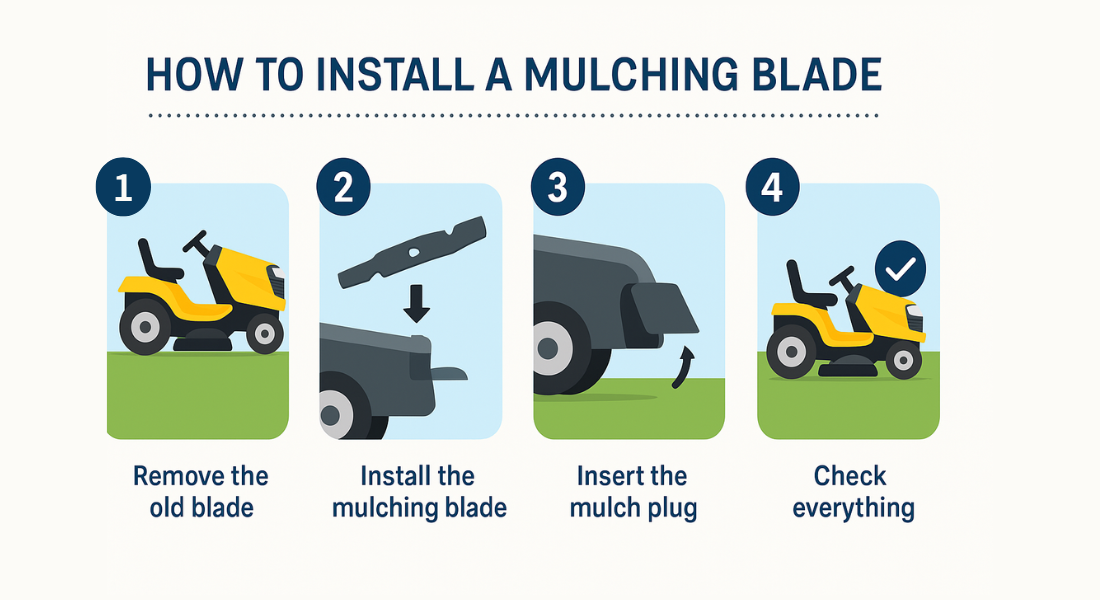
How to Install a New Mulching Blade:
Step-by-Step Instructions
Follow these simple steps to install the mulching blade:
Position the mulching blade on the spindle, aligning it with the mount holes.
Make sure the blade is oriented correctly—check the “grass side” label if there is one.
Reinstall the blade nuts and tighten them to the correct torque using a torque wrench.
Double-check that the blade is securely fastened.
Make sure to refer to your mower’s manual for the specific torque setting—most fall in the 30–70 ft-lbs range.
How Do You Install the Mulch Plug and Kit Components?
Next, install the mulch plug to close off the discharge chute. This keeps clippings under the deck for continued cutting.
Insert the mulch plug into the hole on the side of the deck.
Secure it with the supplied bracket or clip system.
For models like Toro, John Deere, or Husqvarna, you may need to slide the deck back slightly to align the plug properly.
With the mulch kit installed, your mower is now optimized for cutting and recirculating clippings into fine mulch.
Do I Really Need to Change the Blades for Mulching?
Yes—you need to change the blades. Regular cutting blades are designed to discharge or bag clippings. They don’t recirculate or chop the grass finely enough for effective mulching.
Some high-end kits come with Gator blades or specialized recycler mower blades, which create airflow and suction to break down clippings. Always check if the blades included in your kit match the specifications for your deck size, like a 42-inch deck.
What Type of Mower Is Best for Mulching?
You can install a mulch kit on most types of mowers, including:
Riding lawnmowers (like John Deere, Husqvarna and Timecutter)
Walk behind mowers
Zero-turn mowers
For a 42-inch deck, make sure your mulching kit is specifically made for that size. A poor fit can result in uneven cutting or discharge issues.
Whether you're using a tractor-style mower or a walk-behind, a properly installed mulch kit can enhance performance and simplify maintenance.
What’s the Difference Between Side Discharge, Bagging, and Mulching?
Here's a quick comparison:
Side Discharge: Shoots cut grass out the side. Fast but messy.
Bagging: Collects clippings. Clean but time-consuming.
Mulching: Cuts and recuts clippings, returning nutrients to the lawn. Efficient and eco-friendly.
If you're ready to ditch the bag and go green, installing a mulching blade is the first step.
How Do You Know If the Mulch Kit Is Installed Correctly?
Signs your mulch kit installed properly:
The plug fits tightly in the discharge chute
The blade is balanced and cuts evenly
You see fine grass clippings and no clumps
No discharge of clippings from the side
Can You Remove the Mulch Kit Later?
Yes—most kits are removable. You can simply remove the mulch plug and swap the blades back to their standard set. This gives you the flexibility to switch between mulching, bagging, and side discharge as needed.
Keep the parts (especially your plug, bracket, and mulching blades) in a clean, dry place when not in use.
Why Should You Install a Mulching Blade?
Installing a mulching blade offers several benefits:
Environmental: Mulched clippings act as a natural fertilizer.
Convenience: No need to stop and empty a bag or clear side discharge.
Cleanup: Less mess and less debris to handle after mowing.
You’ll also save time and reduce your lawn’s dependency on chemical fertilizers since the mulched clippings break down and feed the grass.
Do You Need a Mulch Kit to Use Mulching Blades?
Yes—mulching blades work best when combined with a mulch kit. A mulch kit typically includes:
The mulching blade(s)
A mulch plug to block the discharge chute
Mounting hardware, like a bracket or deck wheel bracket
Some models, like the Timecutter or John Deere riding mower, may also require specific part numbers to match their deck specifications. Always check your owner’s manual or operator’s manual for exact compatibility.
Final Tips for Maintaining Your Mulching System
Clean the deck regularly to prevent debris buildup
Sharpen your mulching blades for the best performance
Inspect the mulch plug for damage or looseness
Refer to your manual or the mower manufacturer’s site for service tips
Good maintenance ensures a longer life for your kit and healthier grass.
Need Help with Lawn Care in Clarksville?
At
GreenLife Services, we make lawn care easy. We mow lawns, trim hedges, and handle yard maintenance all across Clarksville, TN. If you need help, just give us a
call — we’ll send our team and give you a free estimate!
Summary: Key Takeaways for Installing a Mulching Blade
A mulching blade works with a mulch kit to chop and recirculate clippings.
Always use a torque wrench and follow the owner's manual during installation.
You must remove the old blades before installation.
Install the mulch plug into the hole in the deck to block the discharge chute.
Use only compatible kits for your mower type (42" deck, TimeCutter, Husqvarna, etc.)
Clean and inspect the underside regularly to prevent debris buildup.
A well-installed mulching kit leads to greener lawns and easier cleanup.
If you've ever wondered whether it's okay to mow wet grass, don’t miss our helpful guide: "Can You Mow Wet Grass? 5 Tips To Mow Your Wet Lawn." You'll learn smart, safe tips to avoid damage to your lawn and your mower. It’s a quick read packed with practical advice, check it out!
FAQs
Q. Which way do mulching blades go on?
A. Mulching blades should be installed with the cutting edge facing the direction of blade rotation. On most lawnmowers, this means the sharp edge faces clockwise. Look at the underside of your mower deck and match the new blade’s orientation to the old one (if available). Most blades are marked with “This side up” or “Grass side” — make sure that side faces the mower deck. Always refer to your owner’s manual or operator’s manual to confirm.
Q. Can I put mulching blades on any mower?
A. Yes, you can put mulching blades on most mowers — riding mowers, walk-behind mowers, and even recycler mowers — but they work best when paired with a complete mulching kit, which includes a mulch plug and sometimes specialized brackets or baffles. Without the kit, your mower may still discharge clippings or create uneven cuts. Check your mower’s specifications or consult the manufacturer to ensure compatibility.
Q. What angle should a mulching blade be?
A. Mulching blades typically have a curved or high-lift angle, ranging from about 30 to 45 degrees, designed to keep grass clippings circulating under the mower deck for repeated cutting. This shape is essential for turning clippings into fine mulch. The angle is preset by the manufacturer, so you don’t need to adjust it — just make sure the blade is installed correctly and securely using the right torque.
Q. Do mulching blades really make a difference?
A. Absolutely. Mulching blades are engineered to chop cut grass into fine pieces and redistribute them into the turf. This process not only eliminates the need for a bag or side discharge but also returns nutrients to your lawn, promoting healthier grass. Compared to standard cutting blades, mulching blades reduce clipping buildup and result in a cleaner-looking lawn with fewer passes.
Q. How do you install a mulching kit?
A. To install a mulching kit, follow these basic steps:
- Remove the mower deck (if needed) and remove the old blades using a wrench or socket. Use a block of wood to prevent the blade from spinning.
- Install the mulching blades, ensuring they’re tightened to the proper torque using a torque wrench.
- Insert the mulch plug into the hole of the discharge chute to block grass from exiting.
- Double-check that everything is securely fastened before you mow.
Always follow the step-by-step instructions provided in the manual that came with your kit for the best results.

